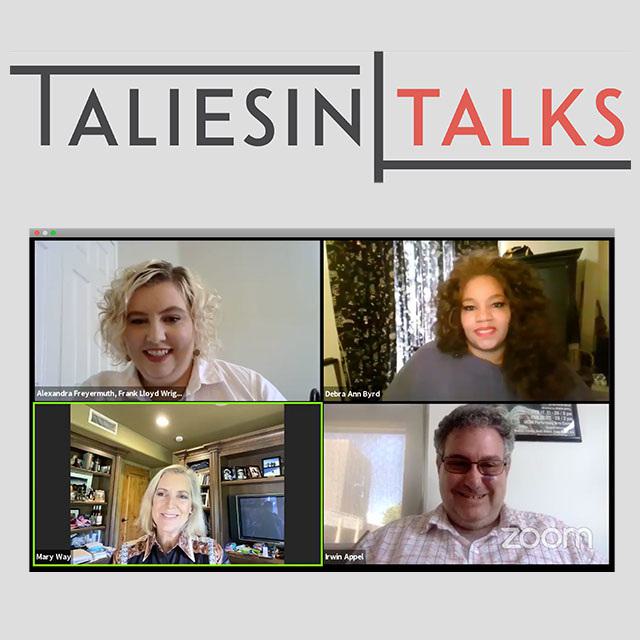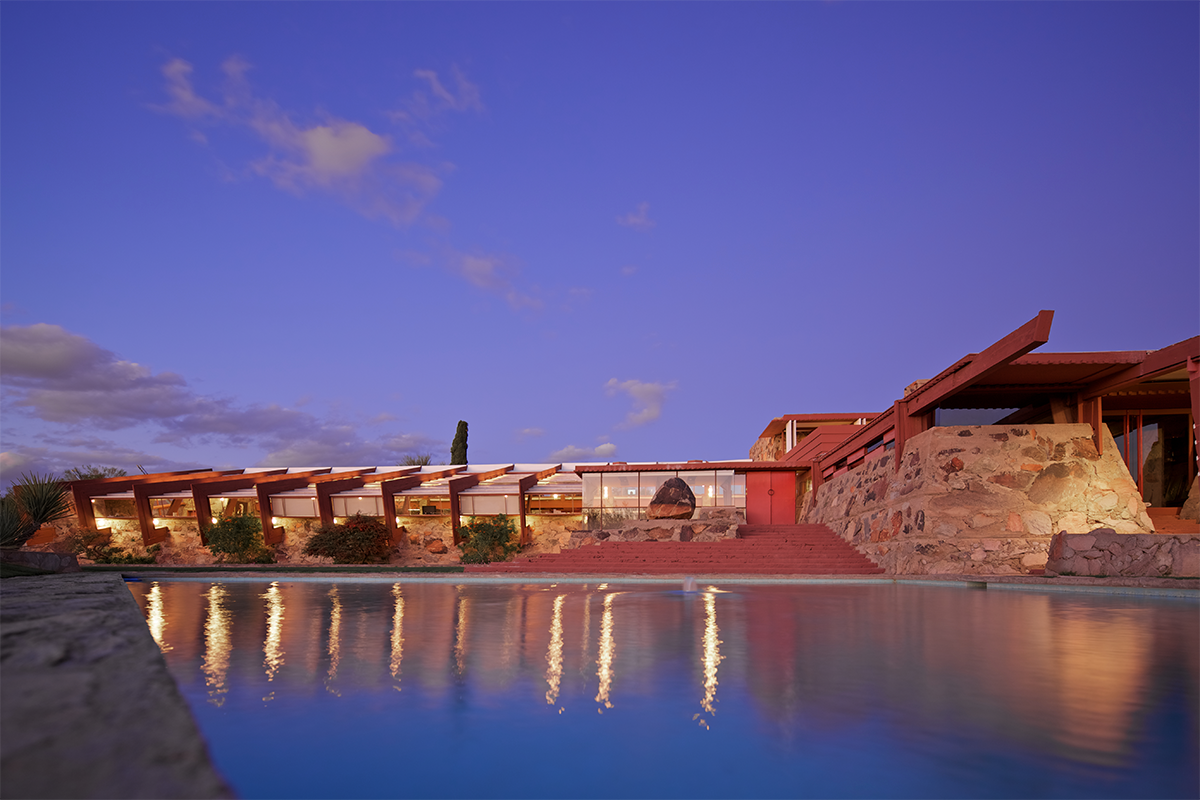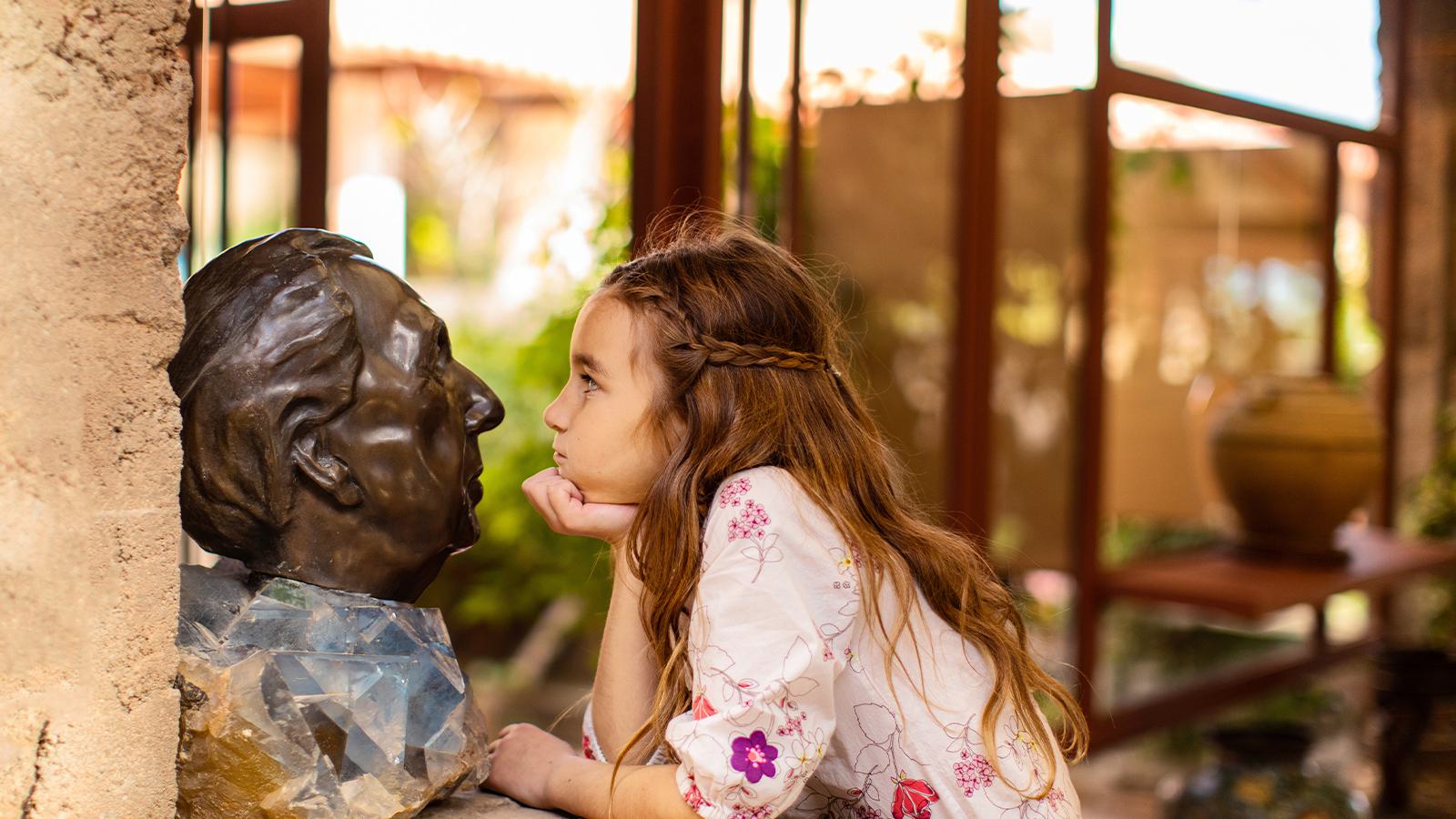Q&A: How the Frank Lloyd Wright Foundation is Using Virtual Experiences to Engage and Convert
The COVID-19 crisis has hit the nonprofit sector hard — a fact the Frank Lloyd Wright Foundation knows all too well. Here, the foundation’s VP of communications & partnerships, Jeff Goodman, shares how his organization has found a way forward, virtually.

By Katie Bridges
It’s now easy to see the ripple effects of the pandemic — the shifts and shock waves impacting all parts of our society, not just those that were plain to see in the early days. One of those less-expected shifts has occurred within our arts-and culture-sector. Museums closed their doors. Theaters closed their doors. And many of them, unfortunately, will never open again.
The Frank Lloyd Wright Foundation was not immune to this. In fact, they likely felt it harder than most, as the shutdown coincided with their busiest season — the season that brings the most visitors (and the biggest boost to their budget) to the organization’s headquarters: Taliesin West in Scottsdale, Ariz. And as the external shifts started to occur, immense shifts began within the organization, as well: namely, they turned to new technologies to continue sharing their mission work.
We chatted with the Foundation’s VP of communication and partnerships, Jeff Goodman, about the success he’s seen with this new form of engagement — one that came when his organization most desperately needed it.
Casual Astronaut: When did the Foundation begin dreaming up virtual experiences? Was it something you’d discussed/deployed before the pandemic?
Jeff Goodman: We did have some of the assets we’ve used created before, which is one of the things that enabled us to activate them quickly, most notably our 3D virtual tour of Taliesin West, which we created as a partnership with Leica Geosystems a couple of years ago. But it’s definitely something that I’ve always been interested in the Foundation doing. While we always maintain that visiting is how you get the true experience and the maximum understanding of the architect and his work, we do think these virtual experiences are the next best thing — and have been working to make them accessible to all. On the whole, it’s definitely something that was accelerated because of this crisis.
C/A: Which audiences are you hoping to engage through these efforts?
JG: We started some exclusive virtual content for members only, which is a way to ensure that even though we can’t provide any onsite member benefits, we can still find ways for our members to stay engaged. So that’s our existing audience that we didn’t want to lose connection with. But my goal is always to develop new audiences. How do we reach beyond our base and get more people interested not just in Frank Lloyd Wright, but in the Frank Lloyd Wright Foundation — and how do we get them more engaged with our work? And also, most importantly: How do we translate that into support?
C/A: Are you able to track that engagement?
JG: We are seeing a different level of engagement and a different tone of engagement, where people tend to be really appreciative of the opportunities we’re providing. People are starving for experiences right now; we’re trying to bring experiences to them — and the feedback we get around that is really huge. Last time I looked at our Google Analytics, we were down over last year, but just barely. And what’s interesting about that is that the number-one reason people visit our site is to purchase tickets. So the fact that they’re not using the site in that way and there’s barely a decrease in the visitation, suggests that there’s an increase in visitation for engagement purposes.
C/A: We’ve noticed that you’ve partnered with quite a few other Wright-oriented constituencies and sites — is that something you’ve found yourself doing more since closing your doors? If so, what’s come of these relationships?
JG: It’s something we’ve always talked about, but I think the reality of operating small nonprofit organizations often gets in the way. This crisis really brought us together in a way that made us say, What can we do as partners to get people engaged? It’s been a really gratifying experience for me to see all these public sites say, We’re not competing with each other, we’re here to help one another — we all have the same interests in mind. The conversation has now turned to, What do we do to continue this long beyond this crisis? How do we continue to support each other and advance our shared goals in this way?
C/A: Are these virtual efforts something you see continuing once things normalize and you reopen your doors?
JG: I think across all sectors, being forced to connect in different ways has accelerated change that was going to come anyway. Not many people were embracing technology like Zoom, and now everyone and their grandmother — literally — is doing it. I think one of the lessons we’re all going to take away from this is that we can all be connected even when we’re not together. And of course we’re always going to want people to come to Taliesin West and sit in the furniture and look out of the framed views and feel the desert breeze in the breezeway, but all of us who work at these sites know what a privilege that is. We now have an imperative to share that privilege with as many people as possible. That means opening our doors and welcoming them in person, but also finding ways to bring the health, wellness benefits and spiritual benefits we get from these sites directly into people’s lives.





